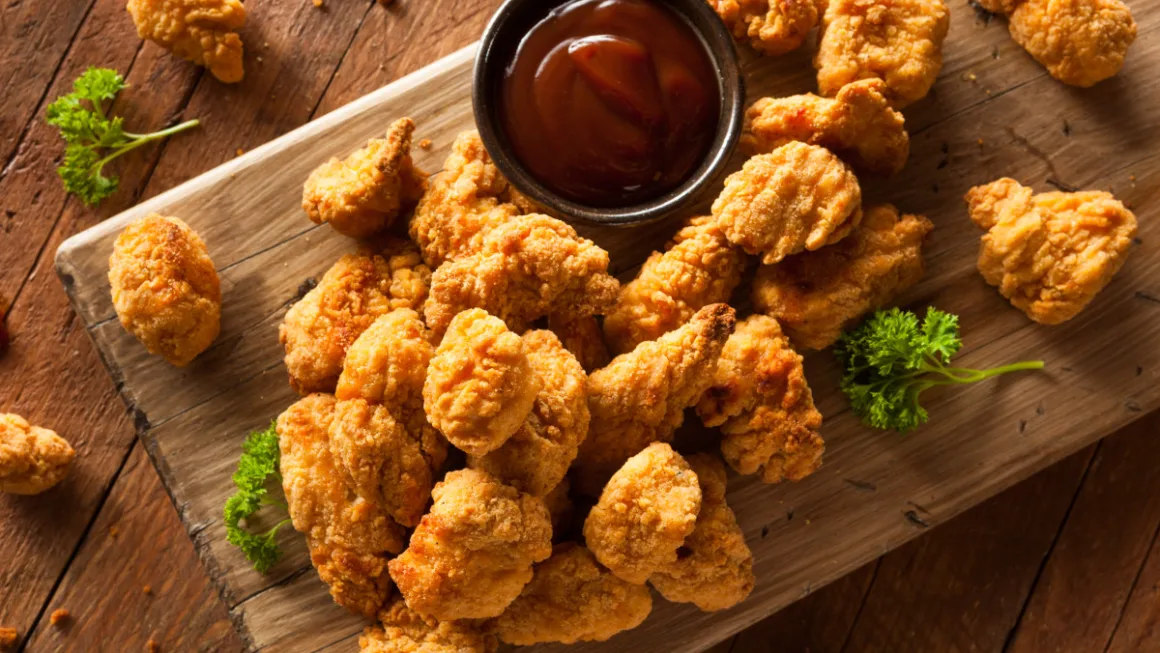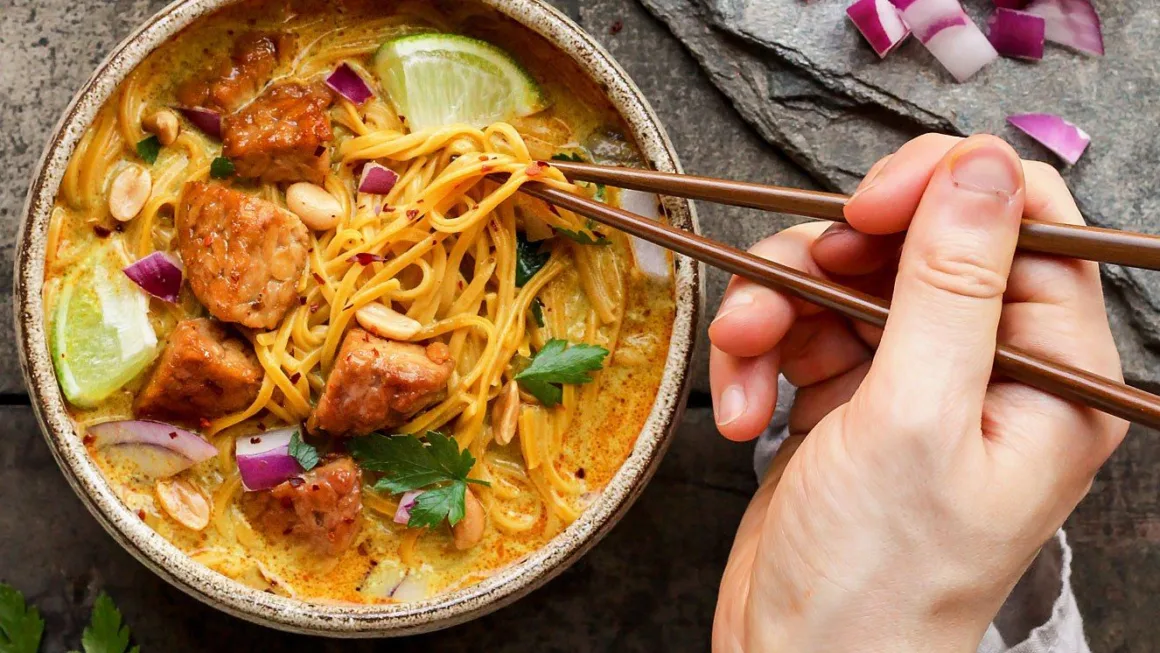Introduction:
India, a land of diverse cultures, languages, and traditions, is synonymous with vibrant and joyous celebrations. The country’s calendar is dotted with a myriad of traditional festivals, each carrying its unique significance and customs. These festivals not only reflect the rich tapestry of Indian heritage but also play a pivotal role in fostering a sense of unity among its people. In this article, we will delve into the essence of traditional Indian festivals, exploring their cultural importance, customs, and the unifying spirit they bring to the nation.
1. Diwali – The Festival of Lights:
Diwali, also known as Deepavali, is one of the most widely celebrated festivals in India. Symbolizing the victory of light over darkness and good over evil, Diwali is a five-day extravaganza that involves a plethora of activities. From lighting oil lamps (diyas) and bursting fireworks to exchanging gifts and indulging in sumptuous feasts, Diwali brings families and communities together in a joyous celebration.
2. Holi – The Festival of Colors:
Holi, often referred to as the festival of colors, marks the arrival of spring and the triumph of good over evil. The highlight of this festival is the playful throwing of colored powders and water, creating a vibrant and joyous atmosphere. Families and friends come together to celebrate Holi with music, dance, and delectable festive delicacies.
3. Navratri and Durga Puja – Devotion and Dance:
Navratri, a nine-night festival dedicated to the goddess Durga, is celebrated with fervor and devotion across India. In the northern and western regions, it involves energetic and colorful Garba and Dandiya dance performances. Similarly, Durga Puja in West Bengal is a grand celebration where intricately crafted idols of the goddess are worshipped with elaborate rituals. The festivities include cultural programs, processions, and delectable Bengali sweets.
4. Ganesh Chaturthi – Welcoming the Elephant God:
Ganesh Chaturthi is a ten-day festival dedicated to Lord Ganesha, the elephant-headed deity of wisdom and prosperity. Celebrated with immense enthusiasm, the festival involves the installation of Ganesha idols in homes and public spaces. The immersion procession, known as Visarjan, is a spectacle as devotees bid farewell to the deity in a procession filled with music and dance.
5. Eid-ul-Fitr and Eid-ul-Adha – Celebrating Islamic Festivals:
India is a melting pot of diverse religious practices, and the Islamic festivals of Eid-ul-Fitr and Eid-ul-Adha hold special significance. Eid-ul-Fitr marks the end of Ramadan, the holy month of fasting, and is celebrated with feasts, prayers, and exchanging of gifts. On the other hand, Eid-ul-Adha, also known as Bakrid, commemorates the willingness of Ibrahim to sacrifice his son as an act of obedience to God. It involves the ritualistic sacrifice of animals and the distribution of meat among family, friends, and the less fortunate.
6. Pongal and Onam – Harvest Celebrations in South India:
In the southern states of India, Pongal and Onam are celebrated with great enthusiasm, marking the harvest season. Pongal, celebrated in Tamil Nadu, is a four-day festival dedicated to the Sun God and involves the cooking of a special dish called Pongal. Onam, celebrated in Kerala, is a ten-day festival featuring vibrant floral decorations, traditional dance forms like Kathakali, and the grand feast called Onam Sadya.
7. Raksha Bandhan – A Bond of Love and Protection:
Raksha Bandhan, a festival celebrating the bond between brothers and sisters, is a day of love, rituals, and gift-giving. Sisters tie a protective thread, known as a rakhi, around their brothers’ wrists, symbolizing their love and commitment to each other. Brothers, in return, pledge to protect their sisters. The festival transcends biological relationships, with friends and cousins also participating in the joyous celebrations.
8. Karva Chauth – A Day of Fasting and Love:
Karva Chauth is a Hindu festival observed by married women for the longevity and well-being of their husbands. On this day, women fast from sunrise to moonrise, breaking their fast only after sighting the moon. The festival is marked by the exchange of gifts, intricate mehndi designs, and the gathering of women for rituals and prayers.
Conclusion:
In conclusion, traditional Indian festivals showcase the country’s cultural diversity, heritage, and the spirit of unity among its people. These celebrations are not only a source of joy and merriment but also serve as a reminder of the rich traditions that have been passed down through generations. The SEO-optimized content on traditional Indian festivals can serve as a valuable resource for those seeking insights into the customs, significance, and unique celebrations that make India a cultural kaleidoscope.





